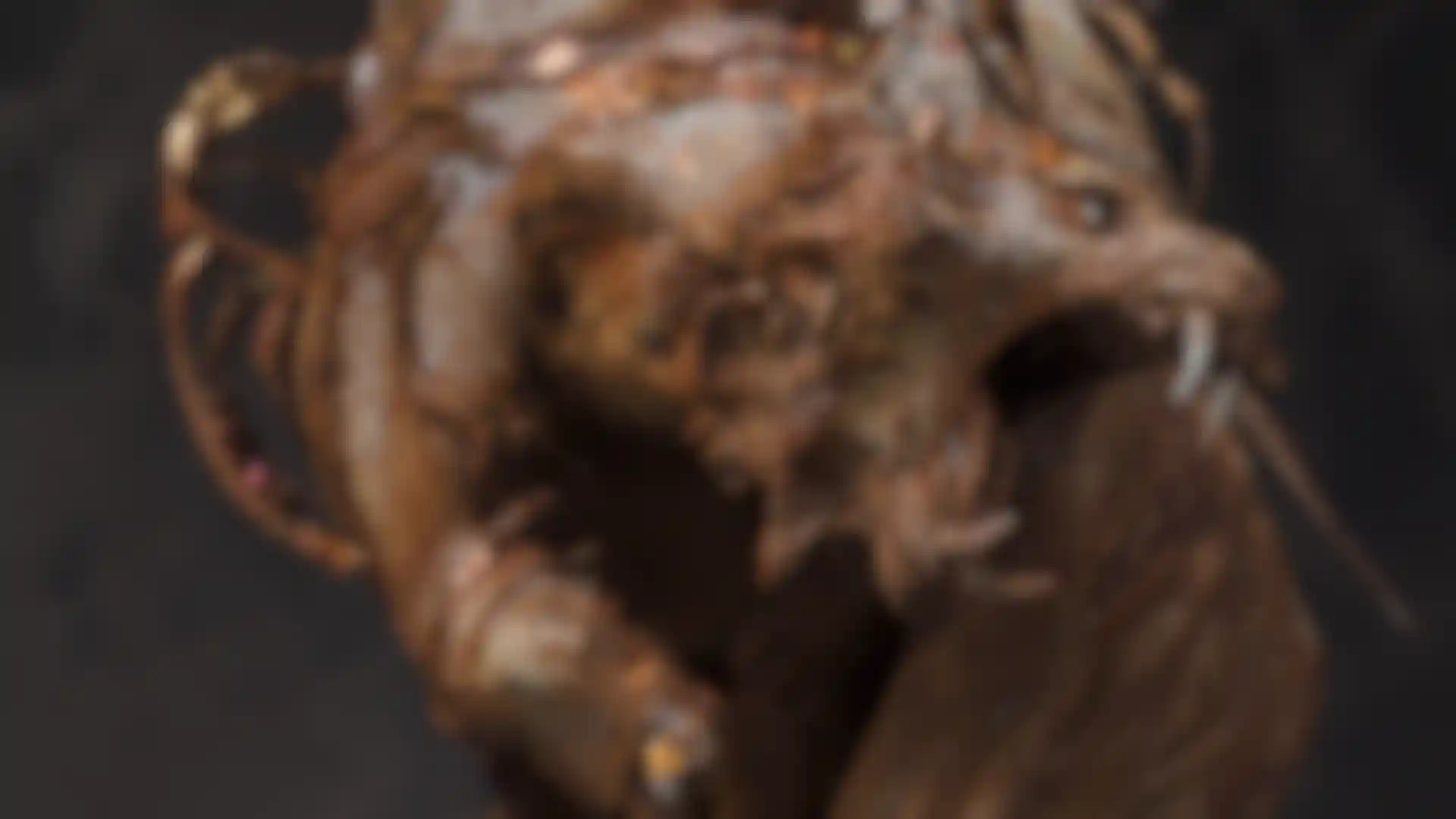
Telling Stories With ZBrush Artist Entei Ryu explores Korean myths in 3D.
Tokyo-based 3D artist Entei Ryu’s project “Metamorphosis” won third place last year in the Yasha Young Projects Sculpture Award. The finished 3D printed piece is breathtaking and features an overwhelming amount of detail and precision.
Ryu was inspired by ancient myths of the Korean Peninsula depicting beasts who prayed to be transformed into humans by the gods only to be left wandering the Earth.
We talked with Ryu about working in ZBrush, sculpting on the fly, and the challenges she faced in the creation of this sculpture.
Tell us about yourself.
Ryu: I am a concept artist and digital sculptor based in Tokyo. I started painting at the age of three or four and have always had a love for games and comics. I began publishing my artwork online at the age of 13 and started taking illustration commissions before going to college. During my high school years, I was inspired by artists like Craig Mullins and aspired to become a concept artist.
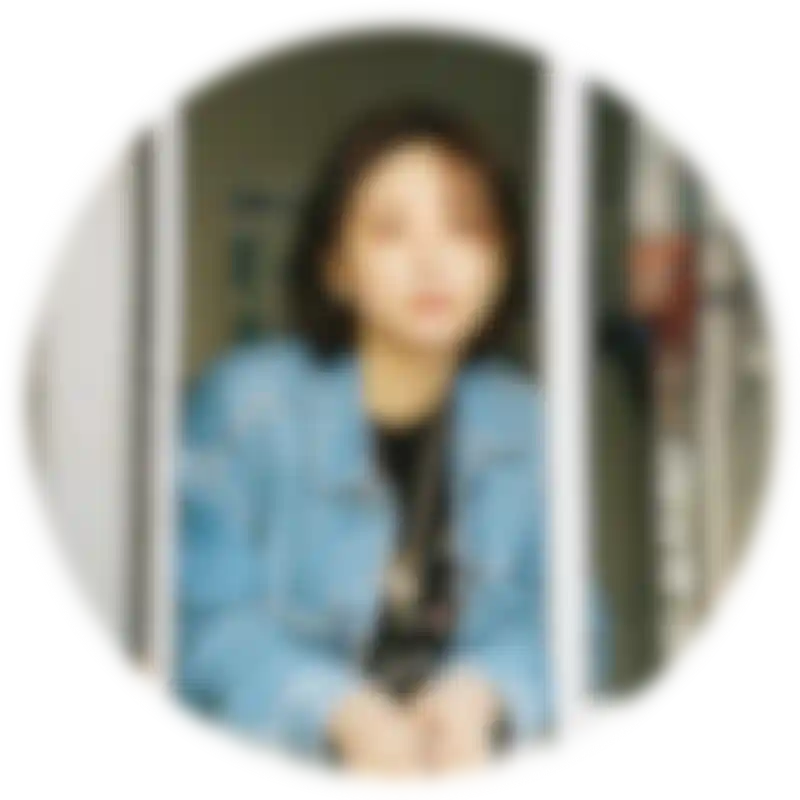
After obtaining a master's degree in architecture from the University of Tokyo, I entered the entertainment industry, providing character, creature, and world design for films and games throughout the industry.
Some of the projects I have been involved in as a freelance concept artist include “Final Fantasy XVI” and the “Assassin's Creed” series. I’m currently working as a lead concept artist at game studio Kojima Productions.
My introduction to 3D came during my undergraduate studies, where I used Cinema 4D and Rhinoceros to create architectural models and render architectural visualizations.
I also worked in ZBrush to create more handcrafted and artistic forms. The freedom that digital clay offered me was irresistible. I started creating and publishing complete digital sculpted works in 2018, with a focus on characters and creatures.
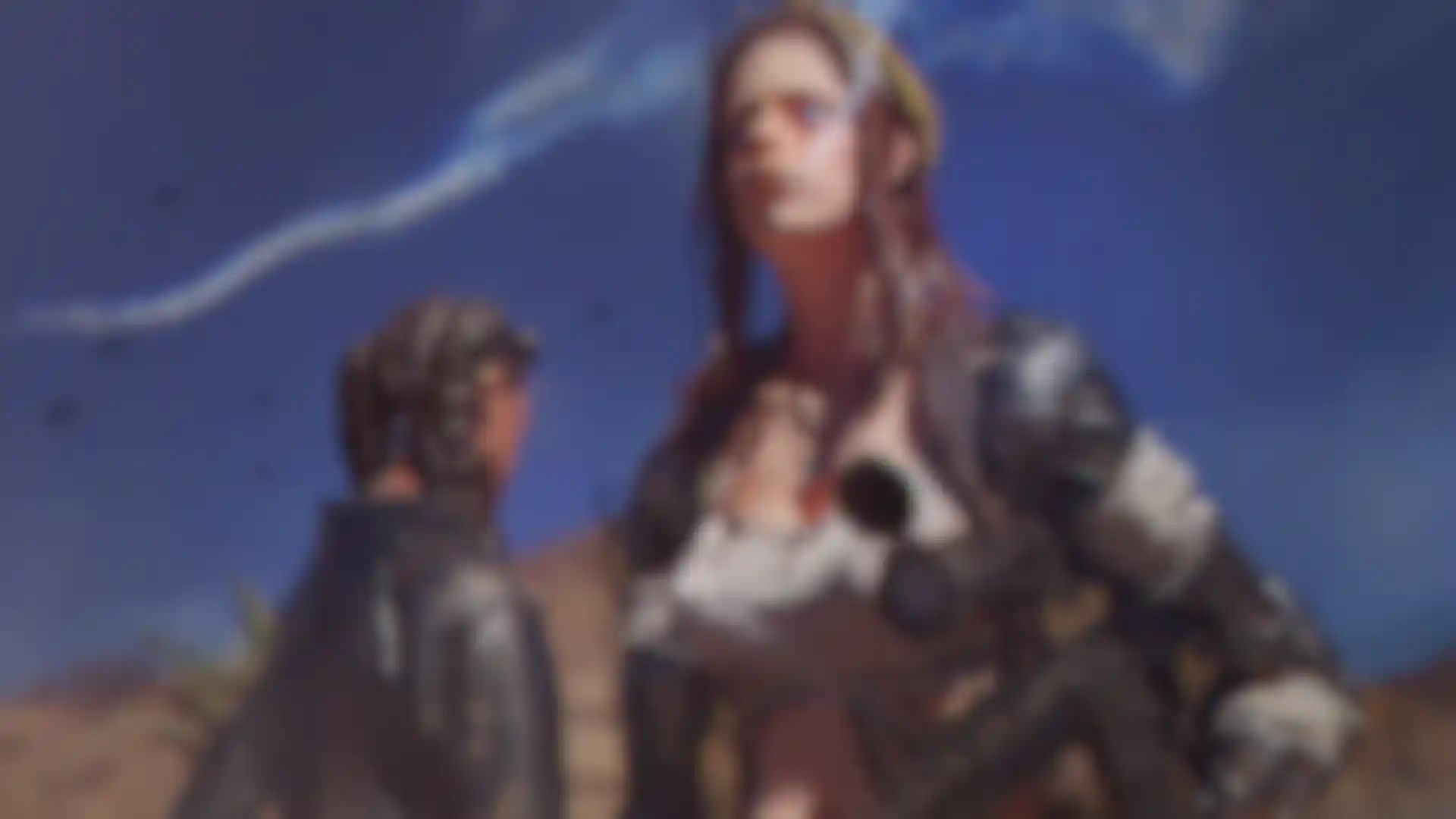
My sculpting work reflects my drawing style, and for me, both drawing and sculpting are opportunities to release creative energy, with little difference between them. I engage in design while sculpting, whether it's conceptualizing design details or showcasing multiple angles. This approach is very helpful in my work as a concept designer.
Could you talk a little bit about the characters you created?
Ryu: I have always been very interested in the cultures of Japan, China, and Korea. Mythology serves as a vessel for culture, often taking the form of stories and legends that reflect the values and histories of the local people. In the creation myth of the Korean Peninsula, bears and tigers undergo a transformation into humans while praying to the divine. The bear succeeds, while the tiger fails. The bear is regarded as a symbol of femininity, fertility, and family in Korean mythology.
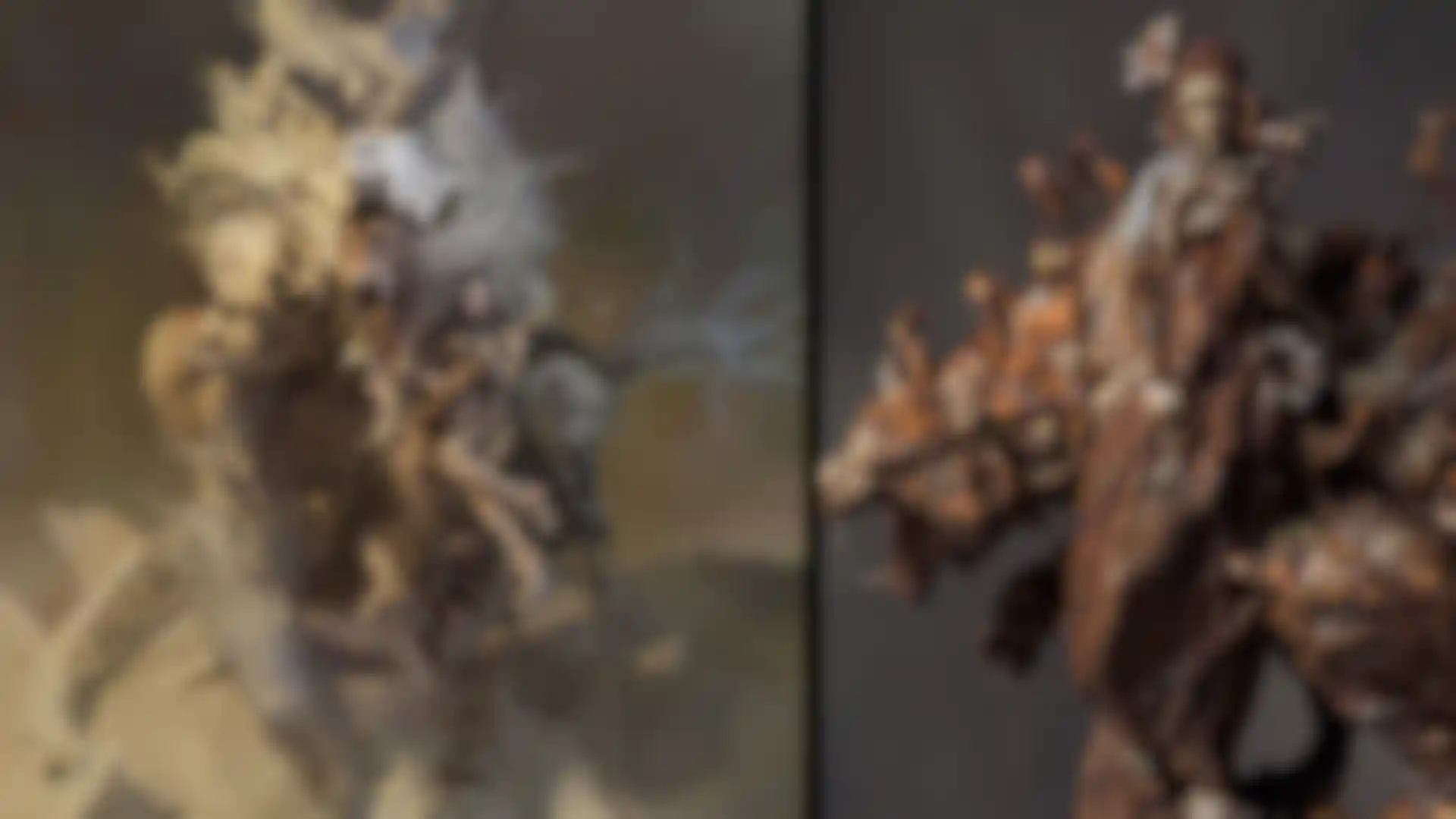
In “Metamorphosis,” the tiger is depicted as a primal, wild force of nature, portrayed through bold, swirling brushwork and vivid contrasting colors. The tiger's movement captures the moment it roars while climbing on rocks and looking back, aiming to capture its most powerful and imposing moment.
The woman (representing the bear), like my other works featuring women and beasts, juxtaposes the softness of femininity with the strength of the beast, and her attire reflects elements of the local culture. As the bear undergoes its transformation into a human, the woman exhibits gentler, smoother lines, implying a more intricate and complex development of humanity.
I used the shell of mythology and classical elements to try to depict the struggle within the human psyche to balance opposing forces—wildness and civilization, instinct and reason. This includes bold colors and forms, and I crafted many aspects of this piece as dualities, radiating strength through contrast and softness.
Do you have a specific way of approaching work in ZBrush?
Ryu: When I first started using ZBrush, I didn't undergo a systematic learning process; I approached it as if I had a fun toy and began experimenting and playing with it freely. I believe this approach is one of the reasons why my workflow and artwork differ from other 3D artists.
For instance, when working on personal projects, I often begin modeling without symmetry enabled. While this may slow the process, it adds a more handcrafted and natural feel to the creation.
I frequently start modeling from the details rather than gradually working from a lower level of detail. I might begin by sculpting intricate details like the eyes, even if the other parts aren't well-defined. Starting with the areas that interest me the most helps establish the character of the model and keeps me engaged throughout the sculpting process.
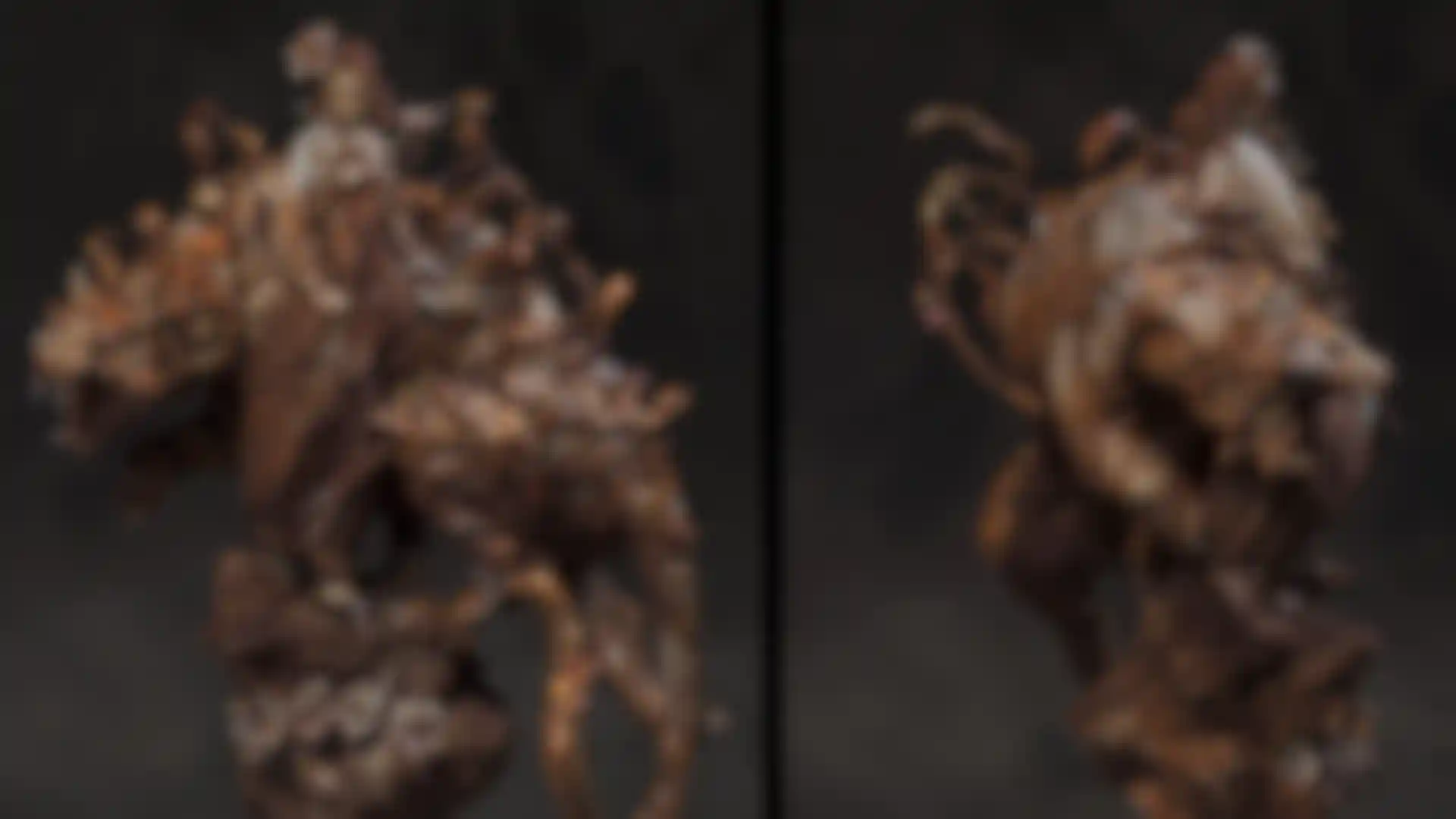
I make extensive use of Sculptris, one of my favorite functionalities in ZBrush, to sculpt local details during the concept modeling phase, offering me a great deal of flexibility in finding the shape. After the model concepting phase, I use features like ZRemesher and Project to create a more subdivided model.
I prefer to sculpt and design simultaneously rather than sketching a design beforehand. I start with a sphere and build the shape from my imagination, or I use brushes like DamStandard to sketch approximate outlines on the surface while sculpting, gradually giving rise to a three-dimensional shape.
During the brainstorming stage before starting a piece, I often use functions like Mirror and Weld to iterate multiple times, creating random abstract shapes to serve as the inspiration and base of designs. I employ this process frequently in mechanical and creature designs. This type of formal experimentation leverages the advantages of digital media, which would be challenging to achieve with traditional clay sculpture workflow.
Tell us about the timeline and painting aspect of the project.
Ryu: The entire process took about four to five months, including sculpting and painting. For painting, I used traditional Japanese painting materials. These pigments are unique because they are derived entirely from natural minerals, resulting in a distinct and elegant luster and color. Since the sculpture itself is quite small, I intentionally chose larger pigment particles, which gave it a primitive and coarse texture, contrasting interestingly with the delicacy and fluidity of the sculpture's form on different levels.
Was “Metamorphosis” a particularly challenging project?
Ryu: Yes, the biggest challenge in creating this artwork was that it was my first attempt at using traditional Japanese pigments on a 3D printed sculpture. Additionally, as I wasn't working on a flat canvas, controlling how the pigments flowed and integrating them into my expression posed challenges. Moreover, because of the larger pigment particles, I had to be careful not to apply them too thickly as that could potentially diminish the intricate details of the sculpture.

On the flip side, my biggest reward from this endeavor was the exploration of new workflow methods. During the production, I had valuable exchanges with artists from the Japanese painting department at Tokyo University of the Arts, which greatly enriched my experience.
Will we be seeing more personal work from you in the future?
Ryu: I will soon be publishing my first art book, summarizing my work from the past years, primarily focused on sculpture. There are also plans for several offline exhibitions in 2024, where I'll continue to explore art through the combination of traditional materials, digital design, and 3D printing.
Logan Baker is a writer based in Philadelphia, Pennsylvania